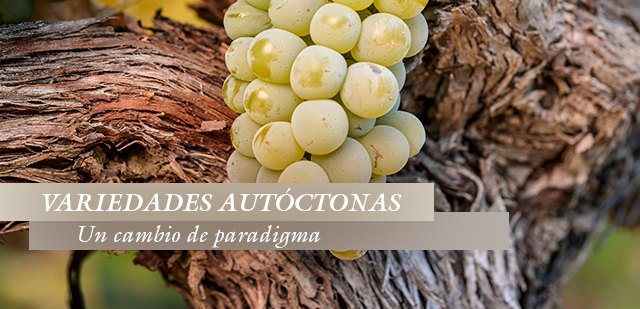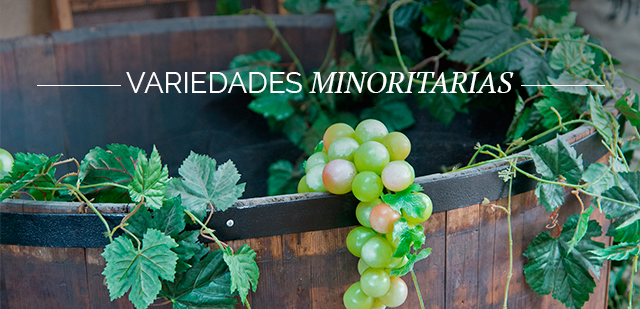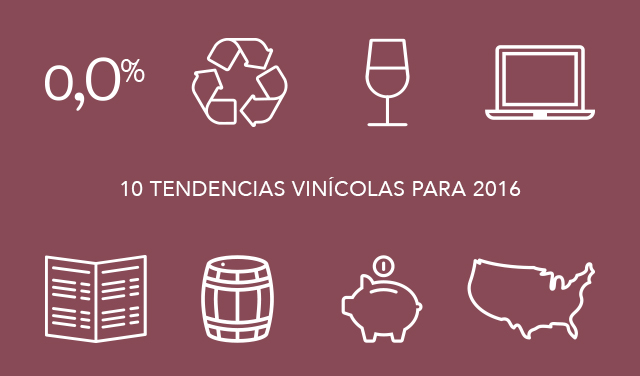Indigenous varieties: a paradigm shift

How we respond to a globalized world is inextricably linked to a search for our own identity. In that sense, the wine world is no exception, and to understand part of this particular yearning, we must look to the past.
Phylloxera, which caused a major crisis in the sector during the second half of the nineteenth century, managed to devastate most of the world’s wine map. After decades of recovery, the pressing needs of the era removed less productive varieties from new plantations. This was a turning point that undoubtedly marked an incalculable loss of identity and heritage.
Torres's Project
More than thirty years ago, the Torres family initiated one of its most exciting projects: the revival of ancestral varieties that were believed extinct after the devastation caused by phylloxera in the late 19th century.
Some of these revived varieties have displayed excellent winemaking potential, as well as a natural resistance to rising temperatures, drought or certain diseases that affect the vine.
“Bringing back ancestral varieties is an exercise in viticultural archaeology to recover our heritage. By returning to the past and reviving the varieties our great-grandparents used, we can look to the future and find the kind of authenticity that will result in unique wines that are truly special and cannot be made the same way anywhere else on earth.”
Miguel Torres Maczassek
The Process
Around the year 2000, Bodegas Torres's research team collaborated with INRA (France's National Agricultural Research Institute) to establish an innovative process to propagate these varieties. The procedure for reviving ancestral varieties consists of five stages:
1. The search for varieties
By placing ads in different local and regional media, Torres announces its interest in reviving old varieties, which are not being grown at this time.
2. Identification and classification
An ampelographer and Torres's team conduct a preliminary visual examination to determine if the variety exists elsewhere in the world under a different name or if it is indeed unknown.
3. Plant health and propagation
Before propagating the plant, it is important to check for viruses. If the plant is infected, it receives the necessary treatment. If the plant is healthy, propagation can begin right away. Healthy plant material undergoes in-vitro propagation. The plant is acclimatized and then grown hydroponically under conditions that mimic the exterior environment, but allow for complete control of all growth-related parameters.
4. Evaluation of winemaking potential
The grapes are harvested for vinification. At this point, we evaluate the grape's enological potential, along with the organoleptic quality of the resulting wine.
5. Adapting to the vineyard
In order to study how these varieties respond under normal propagation conditions, the cultivars are planted in our pilot vineyard at Mas Rabell in the Penedès. The same varieties are also planted in our vineyards at L'Aranyó and Tremp (in Costers del Segre, Lleida) to evaluate their response to more extreme and demanding climate conditions.
Survivors: treasures rescued from oblivion
Of the fifty or so revived varieties, only a small number have displayed truly interesting winemaking potential so far—a just reward for the effort and determination we have invested in the project. Here are some of them:
Garró
Garró is the first variety that Torres revived. It is a late-ripening, low-yielding red variety. It was first found on the terraced slopes of the Garraf Massif during the mid-1980s.
In the early 1990s, Bodegas Torres planted the variety at the Grans Muralles vineyard in Conca de Barberà. Following a long acclimatization process, the variety joined the blend of the first Grans Muralles vintage (1996).
Garró adds great aromatic complexity. The wines display intense notes of green leaves and ripe black fruit. On the palate, they are firm, character-driven, with lively tannins.
Querol
The discovery of another old vine in September 1998 in Querol, about 40 km northeast of Vilafranca del Penedès, marked the return of this variety, eventually named after the town where it was found.
Querol is remarkable for its unusual genetic makeup. It is one of the few known varieties that is completely female (it does not have hermaphrodite flowers as most vinifera vines do). This is reflected in its smaller berry size and organoleptic properties.
When young, Querol wines are intense and fruit-forward. As they mature in the bottle, they begin to display reductive notes, along with hints of bay leaf and candied fruit. On the palate, they are concentrated, intense, big and nervy. Querol brought its excellent qualities to the 2009 and 2010 vintages of the Grans Muralles blend.
Selma blanca
In the year 2000, as Torres's winegrowers got ready to restructure the vineyard at the family's Aiguaviva estate in the Montmell Massif (Penedès), they discovered a white pre-phylloxera variety. An unknown vine among the old-growth Parellada caught the eye of the technical team. In 2014, after undergoing all relevant analyses and successfully passing the five-step recovery process, the variety was reintroduced on a large scale.
The first white variety to be revived, Selma Blanca is named after an abandoned village in the mountains of the Penedès not far from Aiguaviva. It is yet another testament to the recovery and preservation of Catalonia's winegrowing and winemaking heritage.
The variety produces wines with vegetative and slightly spicy nuances and undertones of tree fruit. On the palate, they are nervy and have good length, acidity, volume and a long lingering finish.
Moneu
This variety was rediscovered in 1998 near the village of Querol in Alt Camp county, part of the Penedès appellation of origin. The name is a reference to Coster de Moneu, the banks of a stream located to the south of Querol.
As with Selma Blanca, Torres decided to reintroduce the variety in the Penedès in 2016, specifically at its Castell de la Bleda vineyards near the town of Santa Margarida i els Monjos.
Dark cherry red with a violet edge, the wines offer an intense fresh fruit aroma with lightly floral and somewhat buttery undertones. They are luscious on the palate with marked acidity, good concentration, balanced tannins and fragrant fresh fruit that carries through on the long finish.
Gonfaus
The variety was discovered in 1998 in the village of Santa Eulàlia de Puig Oriol in an area of Osona county known as Lluçanès. The name derives from Quintà de Gonfaus, a pasture area located southeast of this Barcelona-province village.
The variety is low yielding and drought resistant. According to Torres's technical team, the likelihood of this being a new female variety is high. Like Moneu, Gonfaus has been planted in the L'Aranyó vineyards.
The wines are dark cherry red in color with a violet edge and offer complex aromas marked by predominant notes of ripe fruit and traces of subtle spices. Good acidity and ripe, balanced tannins. Long and intense on the finish.
The Torres team continues its efforts to bring back varieties that represent a return to our roots. On some level it is a reconciliation with the past, a reaffirmation of our identity and, above all, a way of staying true to the most important heritage of all: our land.



